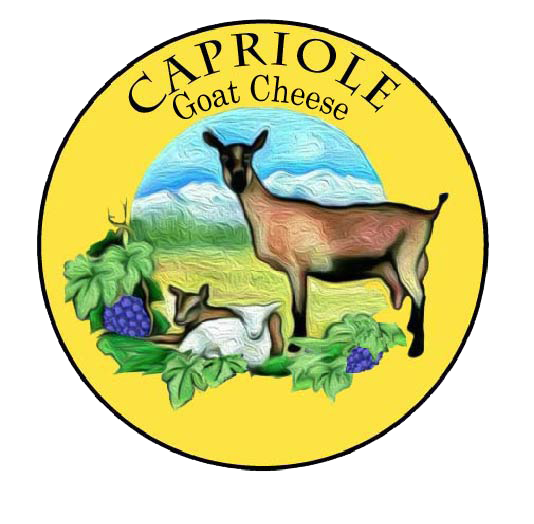The Real Cost of Goat Cheese
Food costs, like utilities and fuel, impress us because they’re so frequently and in our faces at the pump and the checkout line. According to the Washington Post, “Grocery prices have jumped by 25% over the past four years, outpacing overall inflation of 19 percent during the same period”, and while inflation in the grocery aisles may slow, prices are not likely to go back down.
Labor, supply chain costs, and vagaries in climate & crop production have combined to affect every stage of the food chain, right down to the farmers who produce the food and, as always, are hit especially hard. Experiencing increased costs for animal feed, labor, fuel, and equipment, farm income does not keep pace, and in 2024 farm receipts are predicted to decrease by an additional 2%. Dairying is one of the most demanding areas of farming but dairy income shockingly lags behind the cost of producing milk. Annual farm milk prices are usually estimated in cwt. (equivalent to 100 lbs of milk). The average cwt. price paid for cow milk was $20-21 in 2011 and $16-17 cwt. mid-March 2024, making it understandable that with income loss has come farm foreclosures, hard economic times, a rise in the rate of death by suicide among farmers, and a migration out of rural communities.
Goat milk and goat milk cheeses are still definitely a niche market and information about commercial goat milk is scant and unreliable. A January 2022 article in American Dairyman reported the “average price per hundredweight of dairy goat milk was $37.91, with a range of $25 to $57.” Those prices are still largely the same in 2024. At Capriole, our base cost of delivered milk is $55-$60 cwt from March-October and $70-$75 cwt., November- February. That’s 3x or more the cost of cow milk. And it should be. While the costs of making goat vs cow artisanal cheeses may be more equal, the costs of making the milk are not. Goat and sheep milk are far more costly, and based on the following factors should be that much more expensive in order to be sustainable.
Labor costs
It requires approximately 9-10 productive goats to produce the same amount of milk as just one Holstein cow. That’s 9x the amount of daily labor to move goats in and out of pens and pastures when separated by age, stage of lactation, and breeding status. It also means more labor and time in and out of the milking parlor and spent on the record-keeping necessary to successfully manage herd health and productivity. Additionally, while labor costs for cow milk can be reduced with robotic milking and computer systems, these systems are not well-adapted and streamlined for goats. It’s still people, and not always dependable ones, getting that milk twice a day.
Space and facilities
For the 9 goats needed to equal that 1 Holstein, 4x the indoor barn space is required and almost twice as much rotational pasture. More land to maintain = more expenses.
Feed cost
A milking cow needs about 4% of their body weight in dry feed per day to produce milk. A goat needs only 1.5 to 2% of their bodyweight. However, based on the numbers of goats required it’s 3-4 x the amount of dry feed required for goats to equal the same amount of milk. And unfortunately, grain and hay costs have more than doubled in the past 5 years for both cow and goat milk producers.
Seasonal breeding
Goats are seasonal breeders, with a heat cycle in the fall and freshening (birthing) five months later. There are additional costs involved in getting these animals to breed out of season and provide milk year around, especially during fall and winter months when market demand is at its highest. While it’s difficult to assess the exact cost, it certainly means more cost to achieve year-round milk supply.
Government support
In the USA, the Dairy Price Support Program is a federal government program that maintains a minimum farm price for cow milk used in the manufacture of dairy products. Under this program, the USDA indirectly assures a minimum price for cow milk by purchasing any cheddar cheese, nonfat dry milk, and butter offered to it by dairy processors at stated prices set high enough to enable dairy processors to pay farmers at least the support price for the milk they use in manufacturing these products. There is no support price offered on goat milk.
It’s not hard to understand why all dairyman are struggling and why goat dairymen are barely surviving when their costs are many times greater than those of cow milk. Prices reflecting the differing cost of milks are not always reflected in the cheese case and are often very similar price points. In the end, this means that goat cheesemakers work for much smaller margins.
Don’t get us wrong, we love and enjoy many cow’s milk cheese. We just want our consumers to better understand these profit margins in an effort to sustain the future of goat cheese. Capriole sold our herd in 2012 in order to focus on cheesemaking. We currently buy our milk supply from Amish farmers in Indiana.




